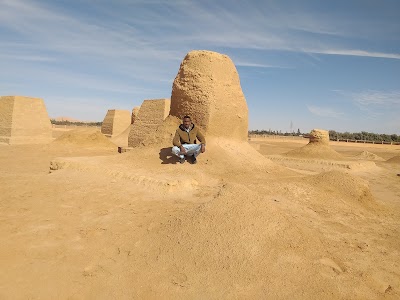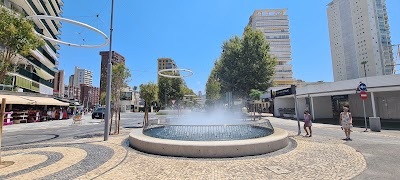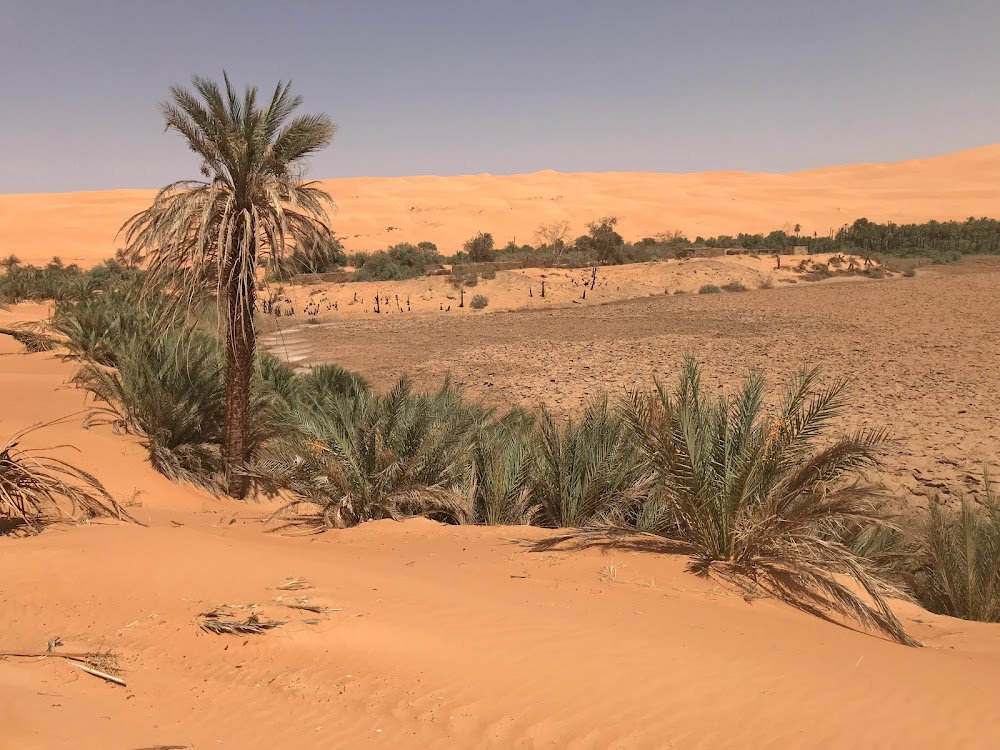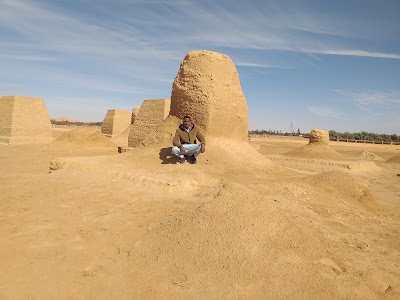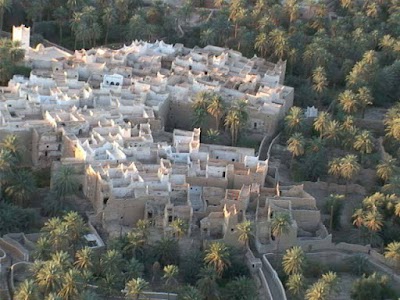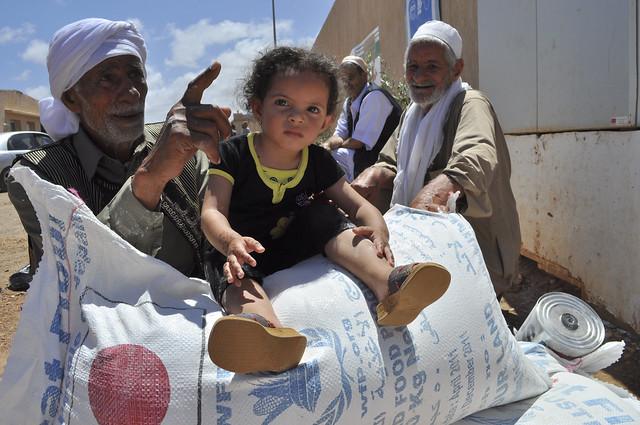Wadi al Hayaa District
Overview
Overview of Wadi al Hayaa District
Wadi al Hayaa District, situated in the southwestern part of Libya, is a region rich in history and cultural diversity. This area is part of the larger Fezzan region and is known for its stunning desert landscapes, including the vast Sahara Desert which offers a unique backdrop unlike any other. The district's main town, Ubari, serves as a cultural hub and is famed for its proximity to beautiful lakes like Gaberoun and Umm al-Maa, which are true desert oases. The culture here is predominantly Tuareg and Arab, offering visitors a glimpse into traditional lifestyles that have been preserved over centuries. The distinct cultural practices, traditional music, and crafts make Wadi al Hayaa a fascinating destination for those interested in experiencing a blend of history and tradition.
Best Time to Visit and Activities
The ideal time to visit Wadi al Hayaa District is between October and March. During these months, the temperature is cooler compared to the sweltering summer heat, making it more comfortable for exploring the outdoors. This period is also the high season for tourism when the weather conditions are perfect for desert safaris, sandboarding, and overnight camping under the stars. Visiting the oasis lakes, such as Gaberoun, offers not only scenic beauty but also opportunities for swimming and picnicking in an enchanting setting. Cultural festivals and local gatherings can also be part of the itinerary, where one can witness traditional Tuareg music and dances, enhancing the travel experience with rich cultural immersion.
Preparation Tips for Travelers
Before setting off to Wadi al Hayaa District, travelers should be well-prepared to ensure a safe and enjoyable trip. Firstly, obtaining a valid visa is essential, as is checking for any travel advisories specific to Libya. Given the remote and rugged nature of the district, packing appropriately is crucial; this includes bringing lightweight, breathable clothing for daytime and warmer layers for the cooler nights. Sun protection, such as sunscreen, hats, and sunglasses, will guard against the intense sun. It’s also advisable to pack a basic first-aid kit along with any necessary medications, as access to healthcare facilities can be limited. Lastly, considering the limited availability of resources in certain areas, carrying sufficient water and snacks is recommended. For a deeper engagement with the local culture and places, hiring a local guide could enhance the travel experience while also ensuring navigation and communication ease.
How It Becomes to This
History not available
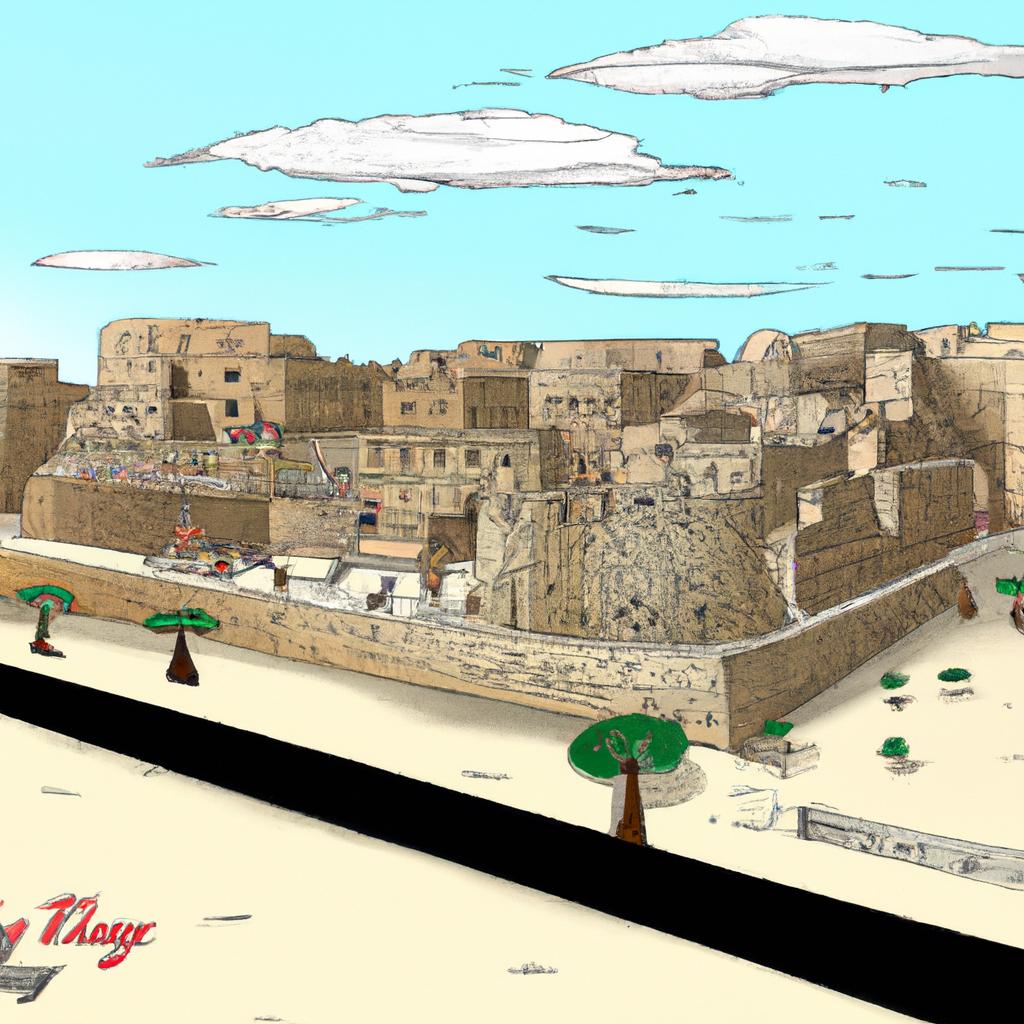
Places in Wadi al Hayaa District
Explore the most popular attractions and landmarks
You May Like
Explore other interesting states in Libya
Discover More Area
Delve into more destinations within this state and uncover hidden gems.



